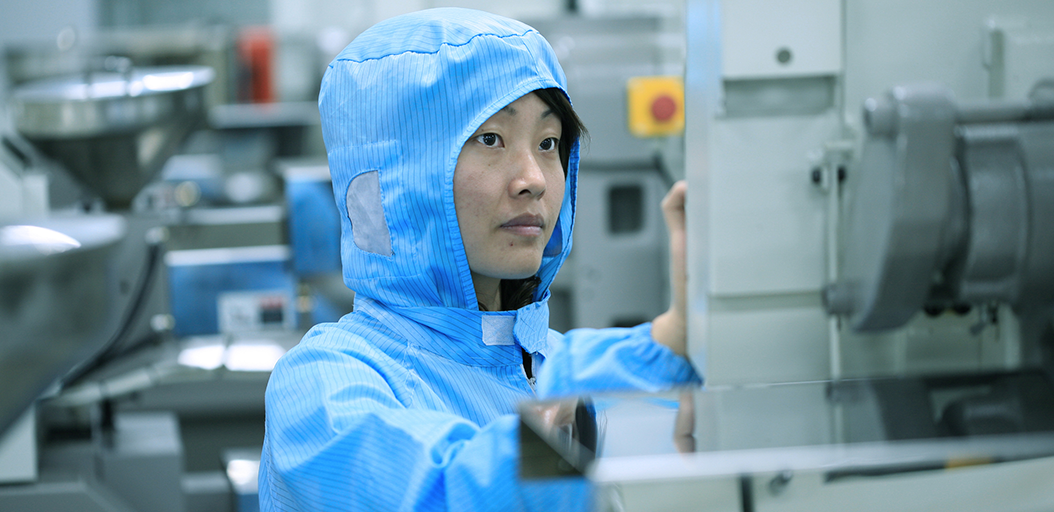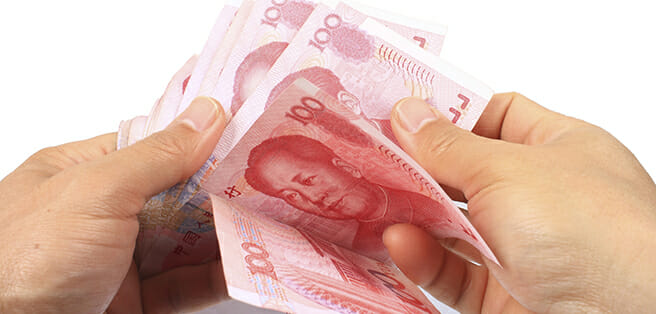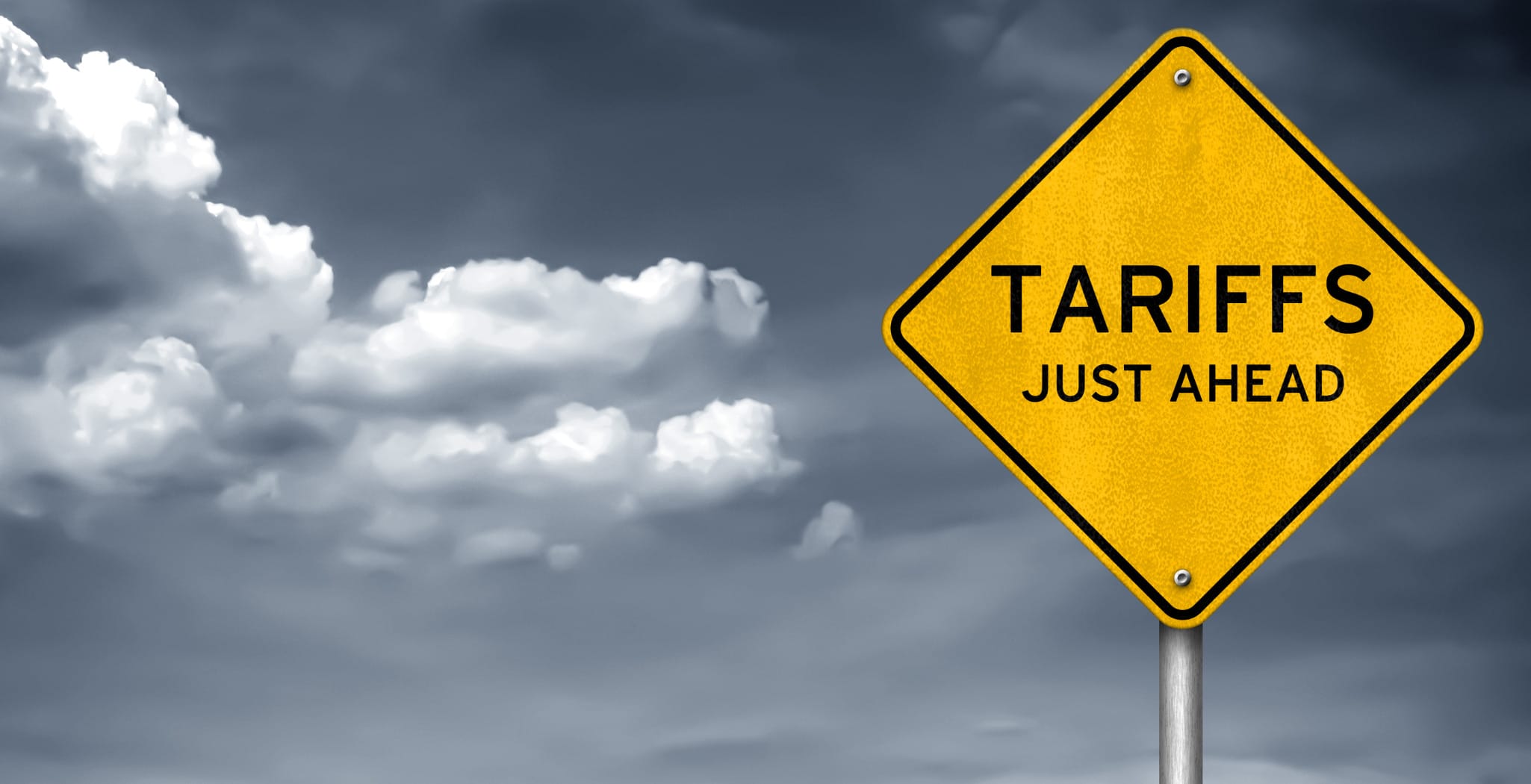
What is something you can think of that can’t successfully be outsourced in China?
Think long and hard about this. Resist the temptation to veer toward intangibles or time sensitive services with obvious geographical barriers such as a haircut or plumbing repair. What product theoretically cannot be manufactured in China? How about a portrait? I have an acquaintance that has connected with amazingly talented artists who will take a family photo and reproduce a framed, hand painted, oil on canvas likeness taken from a photograph.
It will have the same level of detail and quality as those done by artists in the U.S. costing a minimum of $1200-$2500 just for the painting itself. This does not include the frame which can be another $350-$500. The exact quality portrait from China can be delivered to your doorsteps for $450 or about a quarter or less that which someone would expect to pay here. Why is this?
If you said labor cost you are only partly correct. There are many more factors that play into “the China price” for which Westerners have had an insatiable appetite since the Wal Mart effect took hold in the early nineties. Yet now writers, politicians and economists say the tide is turning. Many assert that currency fluctuation, labor shortages near China’s coastlines, and a rising middle class, are quickly narrowing the cost gap between China and the West. They might be forgetting one thing though according to Mike Bellamy, author of The Essential Guide to China Sourcing , “there is no Next China.”
Rising Labor Costs in China

In a Roya Wolverson interview published in Time, May 16, 2011, Pin Li, President of the Wanxiang America Corporation stated that “rising labor costs in China will only cause inflation and not necessarily jobs returning to the U.S.” He further explained that what this means is “instead of paying $1 for latex gloves the price may rise to $2 and will still represent the lowest cost available in the world.”
In other words, assuming material costs are consistent globally, even doubling or tripling the average monthly wage of Chinese factory employees still does not bring total cost of goods in line with U.S. workers.
In a recent conversation, Bellamy, Chairman of the Advisory Board for China Sourcing Information Center begins to make the “No Next China” case with the notion that China’s economy is still vastly lopsided in its dependence on exporting. The Chinese and its neveaux riche’ have created the world’s second largest economy that many predict will be bigger than the U.S. within the next decade. The only fuel to keep this burning is the demand for cheap(er) exports. A growing middle class also means bolstered domestic consumption, particularly as brands become more prevalent with Chinese consumers. But to sustain economic growth, exports have to remain a big chunk of the equation.
A Shift By Coastal Manufacturing Regions
The question may not be so much about “Made in China” as it is “What will be Made in China?” Sure there is great capacity and infrastructure in coastal regions but there may be a shift developing with the evolution of improved skill sets and wage increases. Dr. Eric Thun , lecturer in Chinese Business Studies at the University of Oxford China Center, says “pushing manufacturing into high value-added activity is very much what the government wants. This kind of cost pressure stimulates upgrading.”
Bellamy adds, “because China’s economy is still heavily export dependent at present, over the past years there have been concerns about the China government promoting the interior too fast at the expense of the coast. This could have major side effects on the much needed revenue stream gained by supplying product to overseas buyers. But, as April data demonstrates to policy makers, the development of the interior is not having a major impact on exports. “
The Role Of Appreciation In Chinese Currency To U.S. Job Creation

Since June, 2010 when currency truly began floating, the RMB has appreciated 6% against the US dollar. Depending on whom you talk to however, the RMB is still undervalued by as much as 25%. Add to this CPI inflation and productivity growth rates (Chinese worker productivity is growing faster than U.S.) and the RMB will continue to be undervalued for five years or more.
Pin Li argues that “currency can help but it also can hurt. Structural issues are more fundamental for the U.S. and China. This is more of a political question than any economist can even measure. Politically we have to pretend it’s an issue. But the reality is that jobs from China won’t come to the U.S. They’ll go to Mexico, Korea, and Indonesia. And that means the imports that came from China will now cost more which also doesn’t solve the deficit issue.”
Bellamy claims “we can expect that the US government will probably use the April export record to put pressure on China to allow their currency to appreciate. The China government has a plan in place for a slow but steady increase as opposed to a dramatic adjustment as desired by the US. Don’t expect China to change their plan just because of this April data and any related pressure from the USA.”
China as a Market
Li’s passive reference to the deficit is interesting and should not go unnoticed. While many grip about jobs, only a small percentage of Western companies have invested in growing market share in China.
In an October 6, 2010 Bloomberg Press report it was estimated that China market was valued at $150 billion in potential goods and services or a top ten global opportunity for U.S. companies. “U.S. companies have experienced tremendous commercial success in China’s market and the prospects for future growth are significant,” said Erin Ennis, vice president of the U.S.-China Business Council.
Beijing has a $145 billion trade surplus with the U.S., more than its deficit with the next seven- largest partners combined. But is this solely due to undervalued currency and cheap labor? Could it be more the apathetic or myopic strategies of only selling into North American and European markets and not breaking from traditional business models?
Pin Li makes a bold statement when he asserts, “Firms’ access to Chinese should be their more of a concern than an unbalanced currency.”
The Next 5 Years
China remains a factory to the world. Government subsidized infrastructure has ensured overcapacity of manufacturing availability. One needs to simply travel from town to town; cranes as far as the eye can see. Staggering development continues in all sectors such as transportation, industrial, housing, recreation, hospitals, shopping centers, and resorts. Innovation and branding are now woven into the next generation’s mindset with Beijing’s full support. There is no next China. Whether as adversary, trading partner, or ally the future will depend on setting priorities and building mutual trust.
David Alexander is President of BaySource Global www.baysourceglobal.com






Follow Us